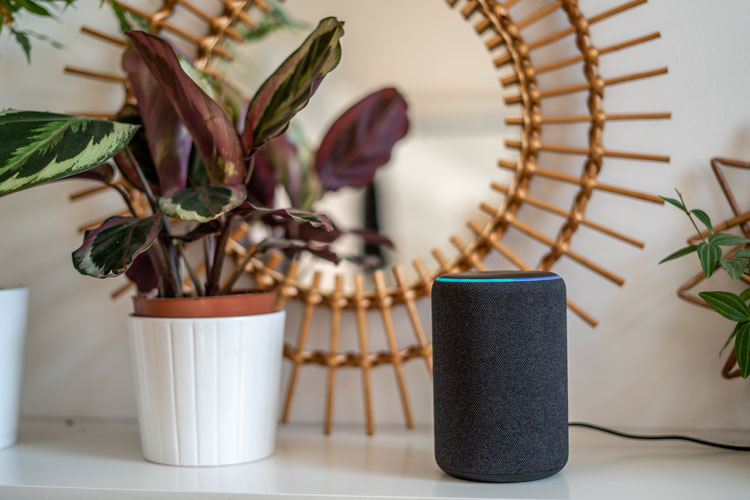Designing for the smart(ish) home of today
David Coombs, head of strategic services at Cheil UK, says if we want people to embrace smart tech, we need to stop aiming for the future.
Back in the 1960s, cartoon family-of-the-future The Jetsons predicted the home of tomorrow would come complete with everything from breakfast-dispensing machines to robotic irons and mops. With such imagination setting the bar so high, looking at the current state of smart home technology can be disappointing.
Speaking at this year’s Festival of Marketing, David Coombs, head of strategic services at digital consultancy Cheil UK, says the key to smart technology isn’t focusing on the future at all. Rather, brands would do better to stick to solving the issues of today.

Leaving people behind
“It’s fascinating to see this technology developing,” he says, “but what tends to happen is that you end up losing consumers on the journey because it’s just so far away from what most people’s homes look like.”
This is not to say awareness is non-existent – Coombs points to research that suggests 79% of consumers are “aware” of smart home tech. According to the same research, however, only 12% claim to know “a lot” about it.
“There’s a huge knowledge gap between those who know a lot about this technology versus those who are only slightly aware,” he says. “And when you go back to the futuristic views that brands put forward, you’ll end up losing those people along the way.”

Obstacles to overcome
For most of us (46%), the entry point for smart home technology is a smart TV. And according to Coombs, around 40% of us will upgrade to smart products like TVs in the next two years.
“There’s definitely a positive momentum behind this kind of technology, but it’s foolish to say everything is all roses,” says Coombs. According to him, there are three main barriers getting in the way of consumers embracing smart home technology: cost, privacy and knowledge.
“Cost is by far the number one barrier, people consider smart devices to be too expensive,” he says. “But I think you could replace the word ‘cost’ with the word ‘value’. And I think that’s related to knowledge, because I don’t think many people understand the value they get at the moment when they have a connected device in their homes.
“And if people don’t understand the value they get from connecting, they’re going to shy away from it.”
Beyond cost and knowledge, nearly half of consumers are concerned with the potential privacy issues that arise from having a smart device in their homes. And these concerns aren’t unfounded – it’s been widely reported that Amazon’s Alexa, Apple’s Siri and – until recently – Google’s Assistant “listen in” and save conversations to advance their AI.

Where do we go from here?
While there are challenges to overcome, there’s still plenty of evidence to suggest consumers are slowly becoming interested in smart homes – just not at the rate some might hope. Coombs says the success of smart home tech will lie in designers and developers’ ability to cater to “moments”.
“If you say to somebody: ‘Do you want to put a whole load of smart plugs into your home?’, they just can’t grasp the reason,” Coombs says. “You know, they’ve got plugs already so why would they want to spend £20 a plug to replace them.
“But ask someone if they ever worry they’ve left their hair straighteners on, or forgotten to turn the lights out, all of a sudden, people will be able to see the “moment” when that could be quite useful.”
Ultimately, Coombs says, designers should be working on this development now, but should also keep simplicity in mind.
“It’s just about taking the friction out of these moments, and understanding the hassles people want to avoid.”
-
Post a comment





